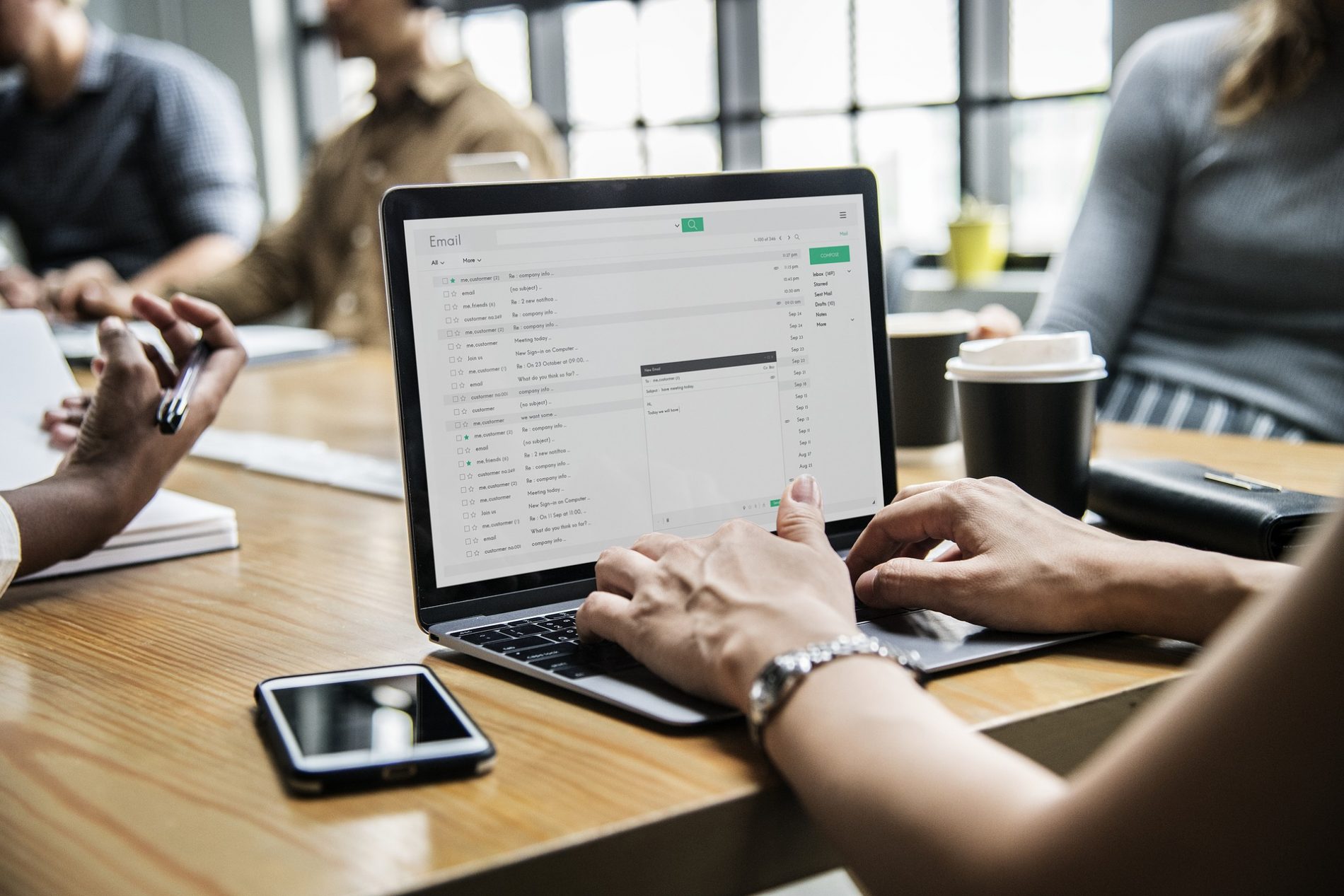No matter how we try to avoid it, email isn’t going anywhere in our professional lives. We deal with it constantly, all day, and sometimes all we want to do is ignore it or walk away from the computer when we hear that ding or see that notification.
But we can’t ignore our emails. We have to deal with them, and having a solid set of rules and guidelines on how we do that will help everyone – receivers, senders, people on cc, and people on bcc. So what are those rules and guidelines?
Respond Quickly
You don’t have to respond immediately, but you should aim to respond at least within 1 business day. Even if you don’t currently have the answer to the question you were asked, acknowledge the email and let the sender know that you’re checking on the information and will have an answer for them as soon as you can. We’ve all had that experience of sending an email and not getting an answer. What happened? Did you end up in spam? Did you send it to the wrong email address? Did you imagine sending it? Did it just vanish into the ether? (Probably not, but stranger things have happened).
Do everyone involved a favor and at least reply to the email as an acknowledgment that it was received by the right person and that you understand the content, whether that’s just an FYI piece of information, or a document you requested.
Know When to Use Reply All
Using “Reply All” to send a response to an email has gotten a reputation for being something that only people who don’t know how to use email do, but there are times when it’s appropriate. If you’re trying to set up a meeting, for example, and you’re trying to find a time that will work for everyone, you’ll need to reply to everyone so that everyone is on the same page regarding everyone else’s availability.
If someone asks you for information or documents that everyone needs, definitely reply all. Send it to everyone who needs it, and as we mentioned above, try to do it in a timely manner.
However, if someone sends a “hilarious” joke or forwards something to everyone on their contacts list, do NOT use reply all. In fact, feel free to not reply at all.
Use BCC Appropriately
A lot of people don’t know exactly how BCC works. When you blind copy someone on an email, their email address doesn’t appear in the “to” section of the email, but they do receive it. However, they don’t receive any of the replies after that initial email. It’s a convenient way to acknowledge you’ve received an email without blowing up someone’s emails with subsequent replies.
There are correct ways and incorrect ways to use BCC. One of the worst things you can do is add someone on BCC without telling everyone else on the email that you’ve done so. When you do that, you’re basically talking behind someone’s back (the person or people not on BCC).
If you receive an introduction to a new contact via a common colleague, moving the common colleague to BCC is the acceptable practice. But be sure to mention it. “Hi, Sue. Thank you for the kind introduction to Jane. I’m going to move you to BCC to spare your inbox.” Then move on with the rest of your email to Jane. This lets Sue know that you’ve received her email and have connected with Jane, but it also means Sue’s inbox won’t be pinging with constant emails between you and Jane.
Overcommunicate
Really, just like any other form of communication, basic email etiquette comes down to overcommunication. Keep everyone in the loop, respond to everything within a reasonable amount of time, and make sure everyone has all of the information that they need. Even if you think the information is understood or everyone already knows, it’s good practice to send it anyway so that there can be no misunderstanding.
Conclusion
Email etiquette isn’t much different than any other kind of etiquette. You know how you feel when your emails are ignored or go unanswered for long periods, so be kind to others and make sure they know their own emails are received, understood, and will be responded to.

